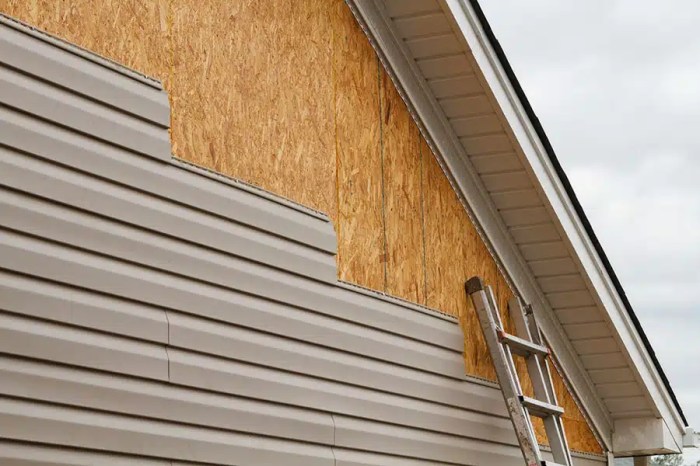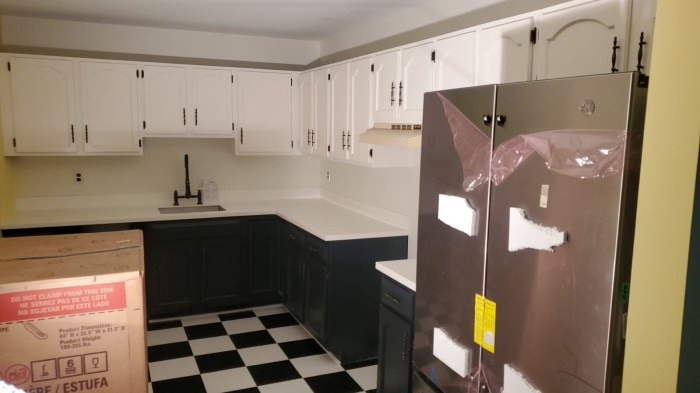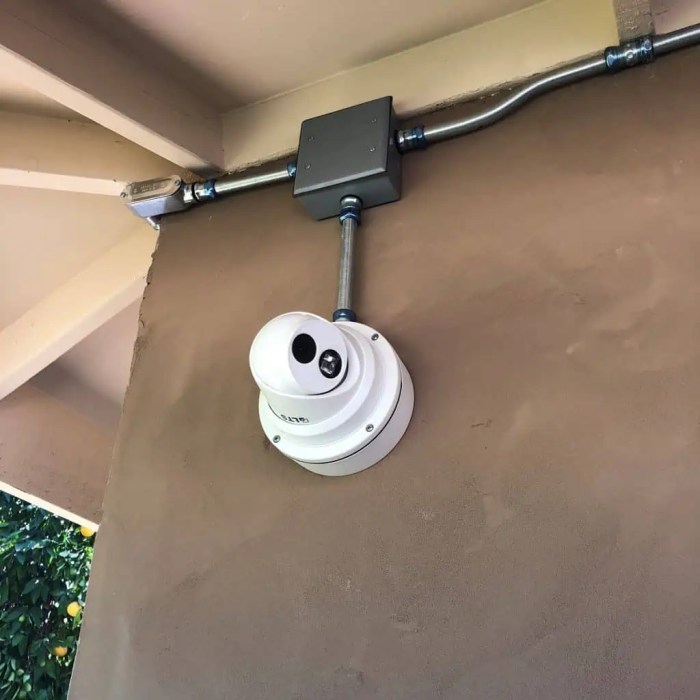Choosing the Best Siding on Roof: A Comprehensive Guide
When it comes to protecting and enhancing the look of your roof, the choice of siding material plays a crucial role. From metal to wood, vinyl, and fiber cement, each option brings its own set of advantages and considerations. Let's delve into the world of roof siding and explore the various aspects that can help you make an informed decision for your home.
Types of Siding Materials for Roofs

When it comes to choosing the right siding material for your roof, there are several options available. Each type of siding material comes with its own set of pros and cons, making it essential to consider your specific needs and preferences before making a decision.
Metal Siding
Metal siding, such as aluminum or steel, is a popular choice for roofs due to its durability and longevity. It is resistant to fire, rot, and pests, making it a low-maintenance option. However, metal siding can be prone to dents and scratches, especially in areas with extreme weather conditions.
Wood Siding
Wood siding, like cedar or redwood, adds a natural and rustic look to a roof. It is a renewable resource and can be easily painted or stained to match your home's aesthetic. However, wood siding requires regular maintenance, such as painting or sealing, to prevent rot and decay.
Vinyl Siding
Vinyl siding is a cost-effective option that comes in a variety of colors and styles. It is low-maintenance and resistant to fading, rot, and insect damage. However, vinyl siding can crack or become brittle over time, especially in extreme temperatures.
Fiber Cement Siding
Fiber cement siding is a durable and versatile option for roofs. It is resistant to fire, insects, and rot, making it a long-lasting choice. Fiber cement siding is also available in a range of colors and textures, mimicking the look of wood or stucco.
However, installation can be more labor-intensive, and it may require repainting over time.
Installation Process of Roof Siding
When it comes to installing siding on a roof, it is essential to follow a systematic approach to ensure a proper and secure installation. Below is a step-by-step guide along with tips to help you navigate through the process smoothly.
Gather Required Tools and Materials
Before starting the installation, make sure you have all the necessary tools and materials such as siding panels, roofing nails, hammer, ladder, measuring tape, and safety gear.
Prepare the Roof Surface
Clean the roof surface thoroughly to remove any debris or dirt. Ensure that the surface is smooth and free of any obstructions that could impede the installation process.
Measure and Cut Siding Panels
Accurately measure the dimensions of the roof to determine the size of the siding panels needed. Use a saw to cut the panels to the correct size, ensuring precise cuts for a seamless installation.
Install the Siding Panels
Begin by attaching the first siding panel at the bottom of the roof, ensuring it is level and securely fastened with roofing nails. Continue installing the remaining panels, overlapping each one to create a watertight barrier.
Seal Joints and Edges
Apply sealant to the joints and edges of the siding panels to prevent water infiltration and enhance the durability of the installation. Ensure that all seams are properly sealed to maintain the integrity of the roof.
Clean Up and Inspect
Once the siding panels are installed, clean up any debris or leftover materials from the worksite. Perform a thorough inspection to check for any loose panels or gaps that need to be addressed for a secure installation.
Tips for a Secure Installation:
- Follow manufacturer's guidelines for installation to ensure proper techniques are used.
- Use appropriate fasteners and tools to secure the siding panels in place.
- Work in pairs for safety when installing siding on a roof, especially when working at heights.
Common Mistakes to Avoid:
- Avoid installing siding panels on a wet or uneven surface, as it can lead to issues with adhesion and alignment.
- Do not overlook the importance of sealing joints and edges, as this can result in water damage and compromise the integrity of the roof.
- Avoid using incorrect tools or materials that are not suitable for the installation, as this can affect the quality and longevity of the siding.
Benefits of Siding on Roofs
Siding on roofs offers various advantages that go beyond just aesthetic appeal. Let's explore how this feature can enhance the overall functionality and efficiency of a building.
Enhanced Appearance and Curb Appeal
Siding on roofs plays a crucial role in improving the visual appeal of a building. It provides a polished and cohesive look to the structure, boosting its curb appeal. With a wide range of materials, colors, and styles available, siding allows for customization to match the architectural design and preferences of the homeowner.
Improved Energy Efficiency and Insulation
One of the key benefits of siding on roofs is its ability to enhance energy efficiency. Quality siding materials act as an additional layer of insulation, helping to regulate indoor temperatures and reduce energy consumption. This can lead to lower heating and cooling costs, making the building more environmentally friendly and cost-effective in the long run.
Maintenance and Repair of Roof Siding
Regular maintenance and timely repairs are crucial for ensuring the longevity and functionality of roof siding. By following proper maintenance practices and addressing any issues promptly, you can prevent more costly repairs in the future.
Maintenance Tasks for Roof Siding
- Inspect roof siding annually for any signs of damage, such as cracks, holes, or warping.
- Clean the siding regularly to remove dirt, debris, mold, and mildew that can cause deterioration.
- Trim any nearby trees or vegetation that could potentially damage the siding or create moisture issues.
- Check the caulking and seals around windows, doors, and other openings to ensure they are intact and watertight.
- Repaint or reseal the siding as needed to maintain its protective layer and appearance.
Repairing Damaged Roof Siding
- For small cracks or holes, use a silicone caulk to fill in the damaged areas.
- If a section of the siding is severely damaged, it may need to be replaced entirely by a professional.
- Address any signs of rot or moisture damage promptly to prevent further deterioration of the siding and underlying structure.
- Consider reinforcing weak areas with additional support or bracing to prevent future damage.
Importance of Regular Inspections
Regular inspections allow you to catch any issues with the roof siding early on before they escalate into more significant problems. By conducting inspections at least once a year, you can identify and address minor damage or wear and tear promptly, extending the lifespan of your roof siding and preventing costly repairs down the line.
Last Word
As we conclude our discussion on siding for roofs, it's evident that the right choice can not only improve the aesthetics of your building but also provide durable protection and energy efficiency. By understanding the different materials, installation processes, and maintenance requirements, you can ensure a long-lasting and visually appealing roof.
FAQs
What are the best siding materials for roofs?
Metal, wood, vinyl, and fiber cement are popular choices with their own pros and cons.
How can I ensure a secure installation of roof siding?
Follow the step-by-step installation process carefully and avoid common mistakes like improper fastening.
What are the benefits of having siding on roofs?
Siding can enhance building appearance, improve energy efficiency, and provide insulation.
What maintenance tasks are needed for roof siding?
Regular inspections, cleaning, and prompt repairs are essential for upkeep.




